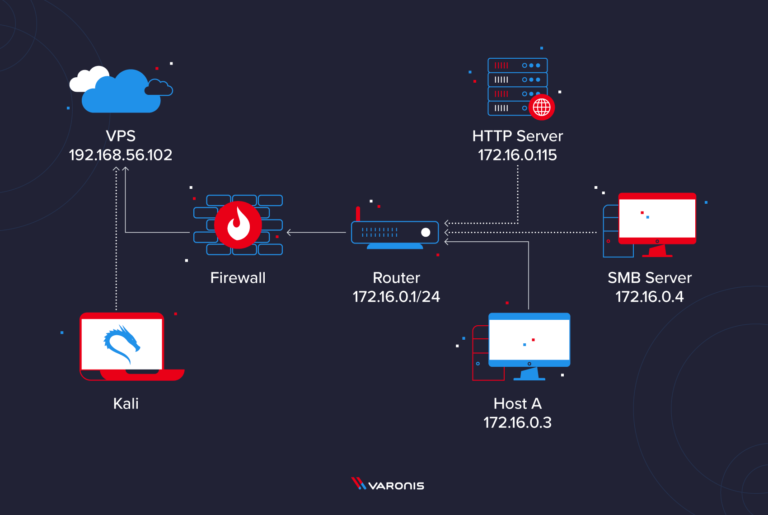

Great, we can now execute commands! Now what? There are many methods used to obtain a reverse shell. The response from Burp shows that the command successfully executed, and the system information is revealed.
#Netcat reverse shell listener mac code
The code above would allow the attacker to execute system commands by utilizing a specially crafted web URL. The code can be used to execute commands directly on the system. While sending a request to the web server, it is intercepted using Burp. Alright, time to fire up Burp Suite and have a closer look! Time to poison that log file and execute some code. The paths can change, depending on the type, version, etc. As the web server is most likely keeping logs of the user activity - it can be used to inject malicious code to gain remote access. However, how can reading files suddenly turn into a reverse shell? An excellent method is Log Poisoning. So how can this be exploited? Surely - it can be used to read internal files as well, and not only pages such as about. Behind the scenes: the code block above shows how lfi. The parameter can also be fuzzed using a tool such as dotdotpwn if necessary.

The image above demonstrates how a webpage gives an indication that there might be a LFI vulnerability. Make sure you check them out if you are interested in learning more regarding security and forensics. The demonstration is conducted by using a vulnerable host at TryHackMe. This post demonstrates how a remote attacker could achieve a reverse meterpreter shell from manually exploiting a LFI vulnerability. This technique comes handy in many situations and it leaves very small footprint on the targeted system.In a worst case scenario - it could lead to remote access. Keep in mind that we don't use any 3rd-party tools on the target but its default shell. Now everything we type in our local listening server will get executed on the target and the output of the commands will be piped back. Then we will read and write to that descriptor. We will create a new descriptor which is assigned to a network node.

On the target we have to perform some bash-fu. We can use netcat, or whatever you might have at hand. In step one we start a listening service on our box. Most of the time, the attacker will use netcat, because this tool can be easily found on most system or easily compiled from source if required.Īlthough netcat is very useful, and you may have to use it in most cases, here is a simple technique which emulates what netcat does but it relies on bash only. Another type of shell is the reverse shell which consists of a generic network client, again something like netcat, connecting to the attacker's machine and piping input to bash. The typical shell consists of a generic network client, typically netcat, listening on a remote port which pipes output into something like bash or any other command shell. This is where command shells come into place. When we compromise a machine we often need to provide ourselves with a user friendly access to the system.
#Netcat reverse shell listener mac how to
Here I will show you how to create a reverse command shell without using any 3rd-party tools such as the all mighty netcat. So, I though I might share a simple technique which will go into the Agile Hacking project. I am stuck at the Dubai International Airport and I have nothing else interesting to do.


 0 kommentar(er)
0 kommentar(er)
